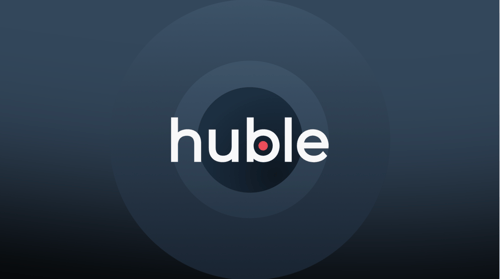Is your team tracking the right metrics? Are they focusing on what’s important in the SEO landscape? Huble provides five key stats to make you rethink your business plan and focus.
As a marketing leader, your to-do list is likely miles long with little space to micromanage your digital marketing team. While you should be able to rely on your team to handle SEO, keeping your finger on the pulse of the latest SEO insights ensures you don’t come up short when reporting SEO performance to the board — especially if they’re not as interested in the analytics technicalities as you are.
This is why it’s important to ask yourself: is your team tracking the right metrics? Are they focusing on what’s important in the 2020 SEO landscape?
Here are five strategic take-outs that are informed by SEO stats every CMO should be aware of in 2020, to ensure their SEO efforts are relevant, impactful, and drive business growth.
1. Optimising old content can get up to 106% more organic views
Getting the most out of your content is part of every smart content, and SEO, strategy. Historical optimisation ensures you get better results from posts that have already been created — squeezing the most out of your digital marketing ROI.
After optimising their blogs, HubSpot increased the number of organic search views of their existing blog posts by an average of 106%, and you can too. Focus more on optimising old content, as well as creating new. Focus on updating historical blog posts and ebooks that are more in-depth, easily shareable, and have a higher conversion rate.
2. The top 10 Google results all average over 2,000 words
According to SWEOR, the average length of content ranking amongst the top ten Google search results are all over 2,000 words. What’s more, the higher up the search results page you go, the longer content gets.
The first result typically has 2,416 words, while the 10th has 2,032. So, Google clearly prefers content-rich sites. Not necessarily because word count matters, but because it gives Google more to work with when ranking for other SEO factors. This means that companies need to ensure they’re creating (and optimising) long-form blog posts, thought-leadership articles, assets, and pillar pages. The upshot? These articles are also likely to get more backlinks, further improving your SEO performance.
3. Page 2 content isn’t worth creating, as only 0.78% of searchers will click on it
Your organic click-through rate (CTR) is intimately tied to where you’re listed on Google’s search results. According to a Backlinko study that analysed 5 million organic search results in relation to CTR, the #1 result has an average CTR of 31.7%, while only 0.78% of people clicked on something listed on the second page.
What does this mean for your company’s SEO strategy? Unless you’re creating content that’s aiming to rank on the first page, you’re wasting your time. While achieving a top ten, first page, ranking can take time, unless there’s a good chance it will happen, it’s almost not worth creating the blog post.
For more insight into SERPS and how to use Google's algorithm to your advantage, you can watch a 30-minute insightful webinar at our Grow with Inbound event. You can click here to gain access to the recording.
4. Rethink your use of social media — SEO drives 1000%+ more traffic!
You’re more likely to be found via an SEO-optimised organic search, than through social media. In fact, according to a recent BrightEdge study, 53% of all trackable website traffic is from organic search, with less than 1% from organic social.
With SEO grabbing the lion’s share of traffic — and social media contributing so little — it may be time to rethink your use of the latter. Using social media to drive back to your website is a waste of time. While you focus on great SEO practices that drive content to list on Google’s top ten, you’re best left restricting social media to providing value in-platform.
5. Ranking #1 takes time — 3 years, or more, in fact
While your content is dead in the water unless it’s on Google’s first page, there’s no need to worry if it doesn’t nab a top ten spot the minute it’s been published. Nearly 60% of pages ranking in the top ten are 3+ years old.
Patience, powered by a winning SEO strategy that never rests behind the scenes, seems to be the name of the game. With only 5.7% of pages getting into the Google top 10 within a year of publication, working on your rankings over the long term isn’t a sign of failure — it’s foresight.
So, if you’re wondering how your digital marketing team can ensure SEO success or if outsourcing is your ideal solution — we can help. We’ll help your team develop and implement cutting-edge strategies that ensure you deliver crystal-clear results and demonstrate optimal returns. And, if your in-house team is at capacity, we’ll handle it all for you, from A–Z.
As a full-service business consultancy, the Huble team will help you drive highly qualified visitors to your website with masterful SEO strategies. We combine an expert understanding of MarTech, content strategy and brand communication to get you to the top of search results listings while delivering meaningful experiences to prospects, leads, and return customers. Chat with us about creating search-optimised experiences for your prospects and customers that drive results for your business.










-3.png?width=500&height=320&name=Matt%20-%20imagery%20bank%20(8)-3.png)

